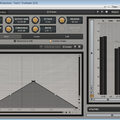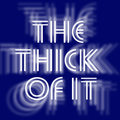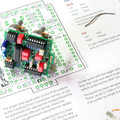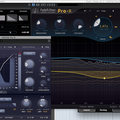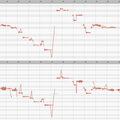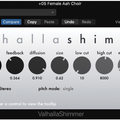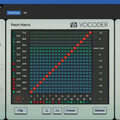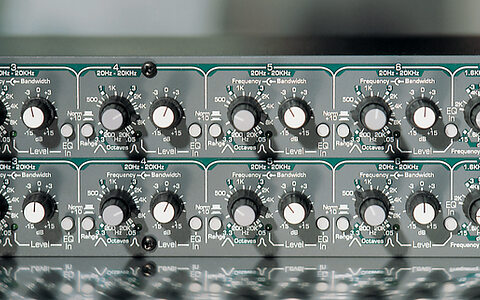You are here
Signal Processors
- Compressors

Compressors
- Delays / Echo

Delays / Echo
- Distorters / Saturators

Distorters / Saturators
- Effects

Effects
- EQ

EQ
- Gates / Expanders

Gates / Expanders
- Pitch-shifters

Pitch-shifters
- Reverbs

Reverbs
- Vocoders

Vocoders
Displaying 64 - 84 of 94 items

